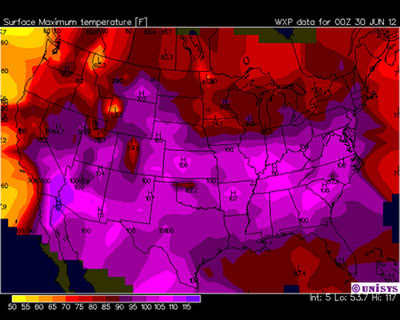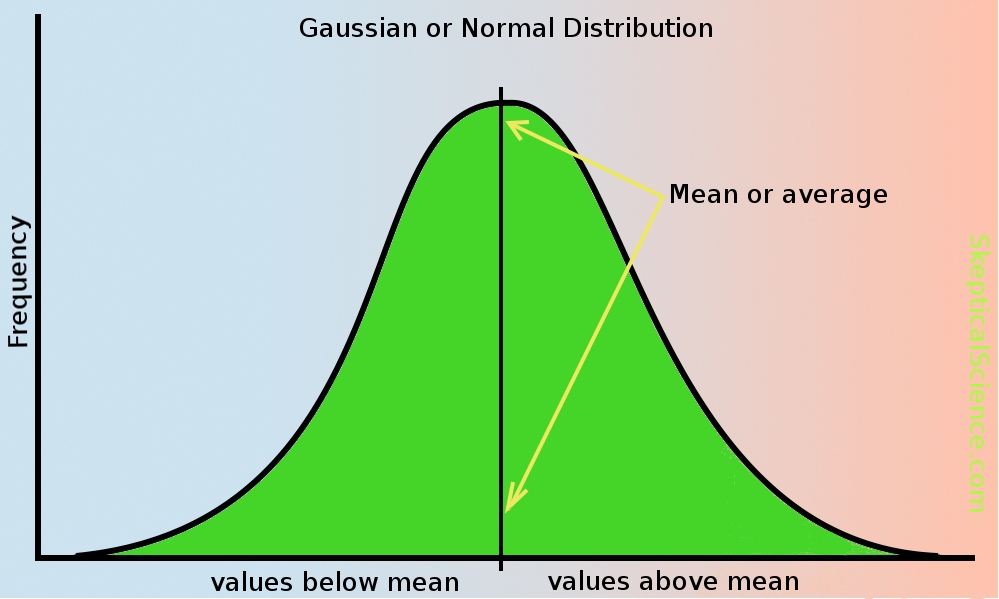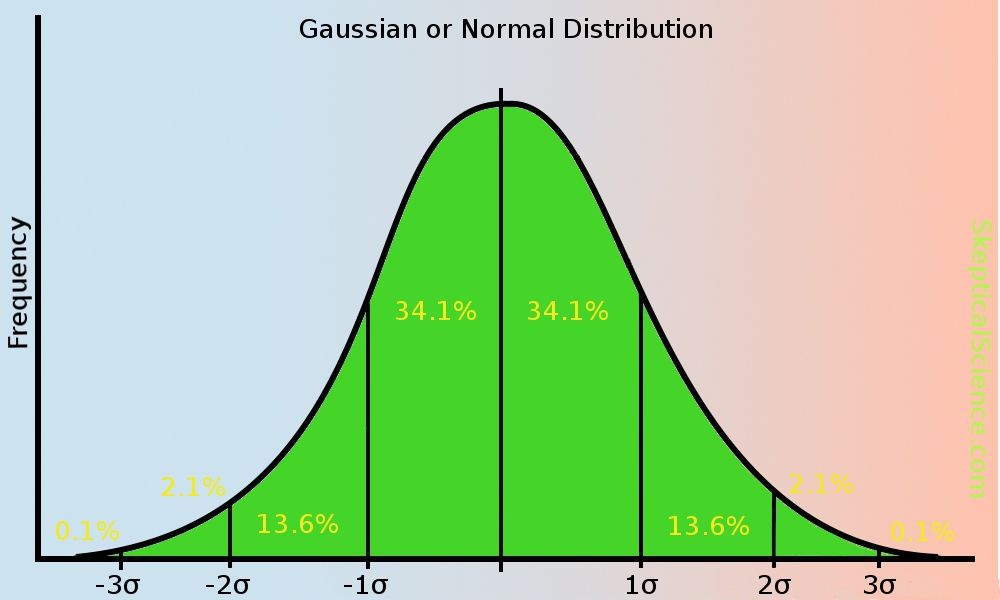
All-time heat records are tumbling like dominoes in the United States this year, and summer in the Northern Hemisphere hasn't even reached the halfway point (at the time of writing). These record-breaking warm temperatures have stepped up a notch with the United States very recently enduring a widespread, and rather extreme, summer heatwave.

Figure 1 - temperatures over the contiguous United States on 29th June 2012. Image from Capital Climate. Sadly the temperatures are in the archaic Fahrenheit scale, but for comparison the lightest pink areas (105°) = 40.55°C
That the world will endure more extreme, and more frequent, heatwaves is a rather obvious outcome as the Earth continues to warm from the continued increase in greenhouse gas emissions. The Intergovernmental Panel on Climate Change (IPCC) reported as much in its very first assessment of the peer-reviewed scientific literature back in 1990.
This timely reminder of one of the harmful impacts of global warming has predictably led to climate science contrarians to churn out misinformation in an attempt to put the blame down to natural variability but, as will be explained below, an increase in record-breaking warm extremes is simply a logical consequence of a warming climate, because it raises the odds of weather fluctuations breaking heat records.
Now this might seem counter-intuitive for many, but earlier statistical work on record-breaking events has shown that for any time series that is stationary (i.e. no trend), the probability of record-breaking falls with each subsequent observation. This is known as the 1/n rule, where n equals the previous number of data in the series. For example, the first observation has a 1-in-1 chance of being the record extreme (100%), the second has a 1-in-2 chance (50%), the third a 1-in-3 chance, and so on.
Therefore, in a world where the climate is stationary (i.e. neither long-term warming nor cooling), the probability of record-breaking extreme temperatures diminishes with time. For climate heat records, such as the United States, the stationarity rule is not apparent, and previous work in this area has shown that the slowly warming mean (average) temperature (aka a warming climate) is responsible for this nonstationarity. In other words, the average or mean temperature at any given location drifts upwards as the climate warms, and this increases the odds of weather fluctuations creating a record-breaking warm temperature.
One analogy I've used before is to imagine a boat tied to a jetty. The top of the mast represents our temperature series, the incoming tide is the slowly warming climate, and the chaotic waves are weather fluctuations. Now using the jetty as a reference point, at regular intervals we measure the highest point the top of the mast reaches and this is our record-breaking heat extreme.
Clearly the record extreme has two components - the wave strength/height fluctuation and the slowly rising tide. In this scenario the waves may have been largely responsible for record breaking heat extremes early on in our time series, but as the tide continues to rise, the mast height gets higher, the average height recording increases, and so does the probability that the rising tide is responsible for the increased record-breaking.
As detailed in the SkS post on the freak 2010 Moscow heatwave, global temperatures follow what is called a Gaussian or normal distribution. That is, if you plot temperature series along two axes their frequency or density (vertical axis) and how far these temperature measurements deviate from the average (horizontal axis), will tend to be clustered around the average. These observations or values resemble a bell-shaped curve. See figure 2.

Figure 2 - illustration of a Normal/Gaussian distribution
Not all climate-related phenomena follow this Gaussian distribution, but a number of studies show that surface temperatures do. Intuitively this makes sense, because although surface temperatures can exhibit large swings from time to time they generally don't deviate much from the average throughout the year.
Because of the shape of this distribution, one can mathematically determine the spread of the values. This is known as the 68-95-99.7, three-sigma, or empirical rule, where the percentage of a particluar value declines as one moves further away from the mean. 68.2% of all values are within one standard deviation of the mean, 95.4% within two standard deviations, and 99.7% within 3 standard deviations. See figure 3, and note the greek symbol is sigma representing a standard deviation.

Figure 3 - Gaussian distribution with standard deviations.
With a warming climate the mean temperature begins to slowly climb too, so the bell-shaped curve creeps to the right in the warming direction (figure 4). As it does so, you can see how it affects the measurements at the extremes - warm extreme temperatures become more common place, and cold extremes less common. A shifting mean (as in warming global temperatures) leads to large changes at the extremes.

Fig 4 - illustration of gaussian distribution with a shifting mean.
An increase in record-breaking warm extremes is not just some abstract statistical notion, however, it is a historical fact. Analysis of the NASA GISS dataset (GISTEMP) carried out in the scientific paper Public Perception of Climate Change and the New Climate Dice - Hansen (2011) demonstrates a huge increase in the frequency and size of extreme heat events - as expected from examining figure 4. Figure 5 is from the Hansen analysis, and it shows global surface temperatures during the Northern Hemisphere summer plotted in units of the local standard deviation.

Figure 5 - Jun-Jul-Aug surface temperature anomalies in 1955, 1965, 1975 and 2003-2011 relative to 1951-1980 mean temperature in units of the local standard deviation of temperature.
Remarkably, extremely warm temperatures (+3 sigma deviations=dark brown splotches) are conspicuously absent from the dataset in 1955, 1965 & 1975, but increase dramatically during the 21st Century. This is just a logical, and unavoidable, outcome of a warming climate.
Scientific understanding is not sufficiently advanced enough to be able to attribute singular heatwaves or heat records to either global warming or natural variability. Several peer-reviewed scientific papers have attempted to do just that with the freak Moscow heatwave (for example Dole [2011]), but they are very limited in their scope - looking only a recent weather variability in Europe leading up to the heatwave. In contrast, human activity has been affecting the climate for several centuries - ever since the Industrial Revolution, so it is now an integral component of weather.
To disentangle the effects of true natural variability, that is a climate without any human influence, and human-caused global warming for a singular event, would be a monumental undertaking, and one that has not been seriously attempted. Simply put, there is an element of both natural variability (weather fluctuations) and global warming in all extreme heat events that have occurred since humans began affecting the climate.
A warming climate does, however, spectacularly raise the odds of record-breaking heat because the average temperature increases with global warming and, like waves in the analogy above, which ride upwards with the incoming tide, so too do weather fluctuations rise up along with a warming climate.
The Earth is already committed to decades of further warming because of its energy imbalance, which dictates that the planet must heat up until the balance is restored. More severe and frequent heatwaves and record-breaking heat are, therefore, virtually assured.
This American heatwave will eventually fade from public consciousness, like the Moscow & Texas heatwaves before it, but it won't be too long before another pops up to wreak havoc. We can only hope that mankind's collective memory begins to connect the dots, and demands action to limit planet-warming greenhouse gases before extremely hot summer temperatures effectively become the norm.
Posted by Rob Painting on Wednesday, 18 July, 2012
 |
The Skeptical Science website by Skeptical Science is licensed under a Creative Commons Attribution 3.0 Unported License. |